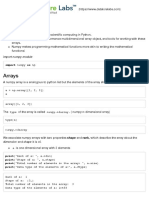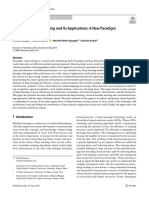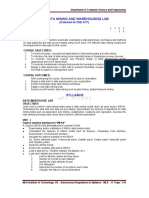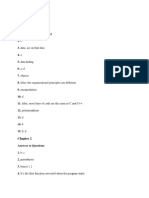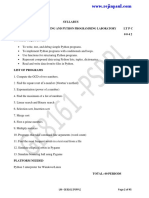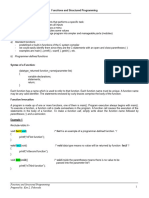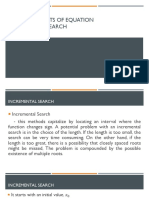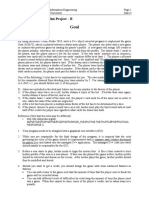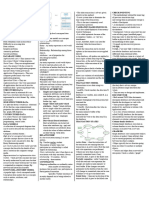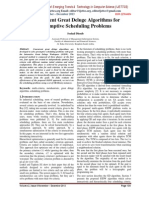0% found this document useful (0 votes)
80 views71 pagesData Science Lab: Numpy: Numerical Python
Numpy is a Python library used for working with multidimensional arrays and matrices. It allows for efficient storage and operations on dense data. Key features of Numpy include multidimensional arrays, slicing and indexing capabilities, and math and logic operations. Numpy arrays are used as fundamental data structures in many data science algorithms and libraries like scikit-learn and SciPy.
Uploaded by
PhamThi ThietCopyright
© © All Rights Reserved
We take content rights seriously. If you suspect this is your content, claim it here.
Available Formats
Download as PDF, TXT or read online on Scribd
0% found this document useful (0 votes)
80 views71 pagesData Science Lab: Numpy: Numerical Python
Numpy is a Python library used for working with multidimensional arrays and matrices. It allows for efficient storage and operations on dense data. Key features of Numpy include multidimensional arrays, slicing and indexing capabilities, and math and logic operations. Numpy arrays are used as fundamental data structures in many data science algorithms and libraries like scikit-learn and SciPy.
Uploaded by
PhamThi ThietCopyright
© © All Rights Reserved
We take content rights seriously. If you suspect this is your content, claim it here.
Available Formats
Download as PDF, TXT or read online on Scribd
/ 71






















